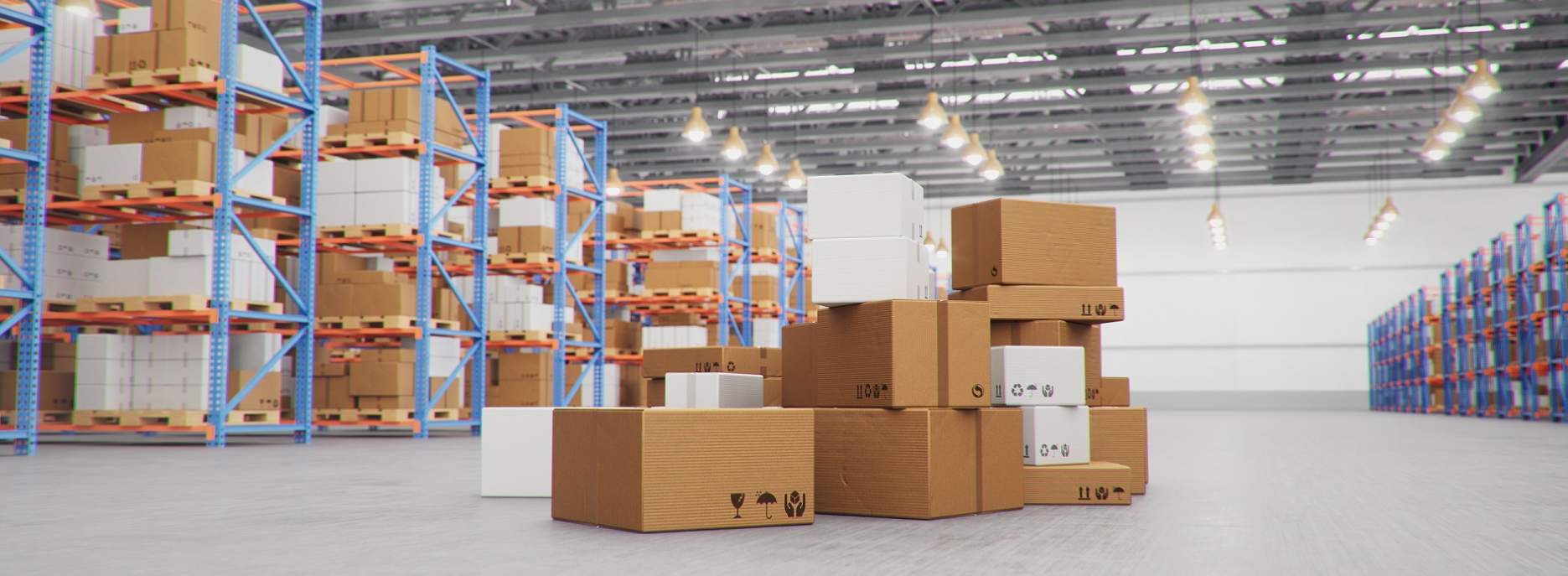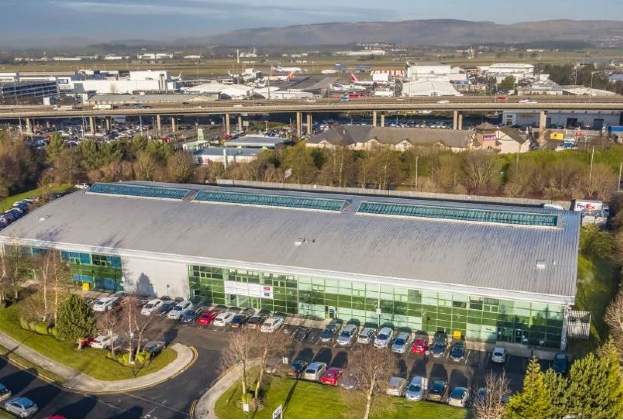It is perhaps surprising, given the moral, commercial and legislative imperative to reduce carbon emissions, that this is the first time a cross-sector consensus has been reached on a Net Zero standard for buildings, which is why this has the potential to be seen as much more than “yet another badge” to pursue.
To date developers in the industrial & logistics sector (I&L) have sought to reduce carbon emissions and demonstrate their efforts in a variety of ways. All want to tell a low carbon story, some seeking and declaring ‘net zero’, but often the design approaches, targets and frameworks used are bespoke to individual projects or clients. While these assessments may be technically robust and able to stand up to individual scrutiny, the lack of any commonality makes like-for-like comparison almost impossible.
As more funds seek to invest in lower carbon I&L assets a level of consistency across development options or standing assets is fundamental. Without it, well-intentioned development may fall foul of accidental greenwashing, and some truly sustainable solutions will not get the recognition they deserve. This can carry risks for value, reputation and viability.
The most common method of assessing an asset’s alignment to net zero is against the Carbon Risk Real Estate Monitor (CRREM) trajectories for energy and carbon. The new NZCBS standard does not seek to supplant this, indeed it should be seen as an enabler and a route to compliance, but instead brings distinction to certain sectors and applications. I&L in particular will benefit from greater nuance in the NZCBS targets and trajectories, with sub-sets of the asset class defined as unconditioned storage, conditioned storage, cold store and retail warehouse. Importantly, the standard will also distinguish between what is expected of a new development versus the decarbonisation of standing assets, which is where CRREM is traditionally deployed.
Achieving the “badge” of net zero alignment under the standard is designed to be ‘challenging, but achievable’. The assessment is binary, with a pass or fail, and accreditation includes the submission of one year of fully occupied metered energy use data. For developers seeking to provide the next wave of net zero-aligned warehouse buildings then, it is likely to be the framework of targets and assessment routes along the journey to accreditation that are initially of most value. These will effectively redefine what good looks like and provide the best way to futureproof an asset.
It is important to remember that this standard looks only at carbon and energy, and any truly sustainable development must also consider wider environmental factors, as well as social and economic impacts. As project managers and sustainability champions specialising in the I&L sector it is essential to work together to ensure that sustainability is embedded in the development cycle – all the way from project inception to building demolition and reuse.
This standard is set to become an essential tool for I&L developers wishing to deliver projects in line with the net zero trajectory, with greater certainty, accountability and credibility.

.jpg)


.jpg)

.jpg)



.jpg)